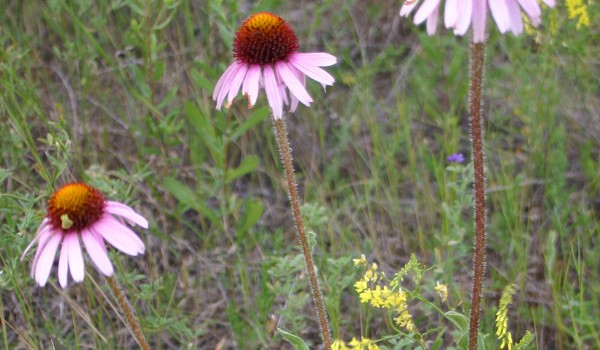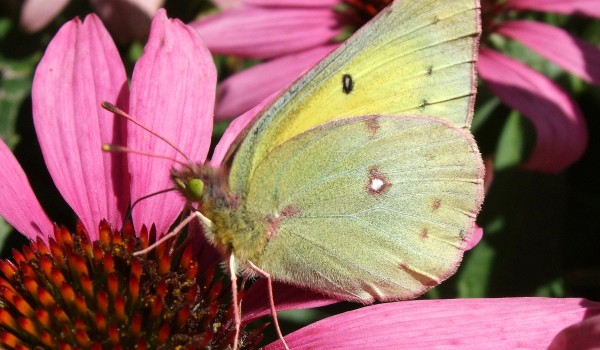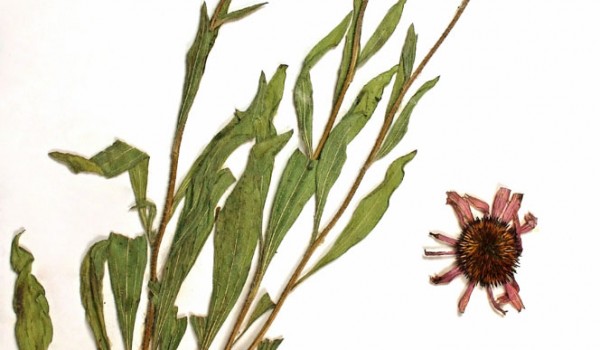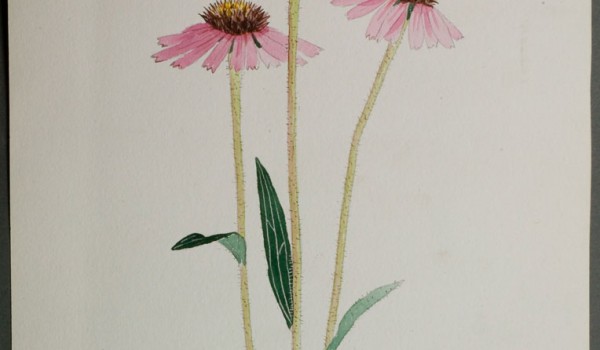Aster (Asteraceae)
Purple Coneflower
Echinacea angustifolia DC.The attractive flowers of this prairie plant provide nectar and pollen to bees, butterflies, and hummingbirds. Their fruits, seeds, and vegetative parts are also eaten by animals. Purple Coneflower has been used by Indigenous peoples for food, medicinal, and other purposes. It is still used widely today as an herbal remedy. Wild populations are in decline due to loss of habitat and over-harvesting.
Flower Colour:
- Purple
Flowering Season:
- Summer
Flowering Months:
- August
- July
- June
Canadian Rarity Status:
Listed as “sensitive” throughout its range.
Physical Appearance:
The hairy stems of this perennial grow to 90 cm tall. Its 10-17 alternate leaves occur in the lower half of the stem, are lance-shaped, and covered with stiff hairs. Flowering heads (3.5 – 8 cm wide) occur on long stalks. There are 16–19, drooping outer ray flowers tipped with 2-3 teeth. The numerous inner disc flowers bloom from the outside in, are 5-lobed, and have a pointy bract. Fruits are small, dark, 4-angled achenes, each with a single seed.
Gardening Notes:
Seeds and/or plants may be available from greenhouses and seed supply companies specializing in native plants. Can be propagated by seed, or by division of crowns. Good addition to a butterfly garden.
Canadian Distribution:
- Manitoba
- Saskatchewan
Prairie Types:
- Fescue Prairie
- Mixed Grass Prairie
Habitats:
- Meadows
- Open Woodlands
- Prairies
- Savannahs
Moisture Conditions:
- Dry
- Moderate
Light Preference:
- Full Sun
Soil Preference:
- Clay
- Loam
- Sand
Associated Pollinators:
-
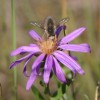 Bee Flies (Bombyliidae)
Bee Flies (Bombyliidae)
-
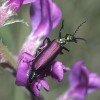 Blister Beetles (Meloidae)
Blister Beetles (Meloidae)
-
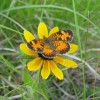 Brush-footed Butterflies (Nymphalidae)
Brush-footed Butterflies (Nymphalidae)
-
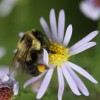 Bumble, Honey, and other Bees (Apidae (Subfamily Apinae))
Bumble, Honey, and other Bees (Apidae (Subfamily Apinae))
-
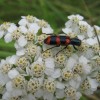 Checkered Beetles (Cleridae)
Checkered Beetles (Cleridae)
-
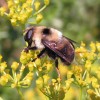 Flower Flies (Syrphidae)
Flower Flies (Syrphidae)
-
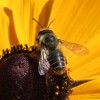 Leafcutter and Mason Bees (Megachilidae)
Leafcutter and Mason Bees (Megachilidae)
-
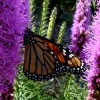 Milkweed Butterflies (Nymphalidae (Subfamily Danaiinae))
Milkweed Butterflies (Nymphalidae (Subfamily Danaiinae))
-
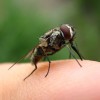 Muscid Flies (Muscidae)
Muscid Flies (Muscidae)
-
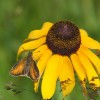 Skippers (Hesperiidae)
Skippers (Hesperiidae)
-
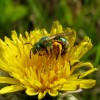 Sweat Bees, Halictid Bees and other Bees (Halictidae)
Sweat Bees, Halictid Bees and other Bees (Halictidae)
-
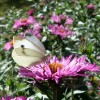 Whites, Sulfurs, Orangtips, Marbles (Pieridae)
Whites, Sulfurs, Orangtips, Marbles (Pieridae)






